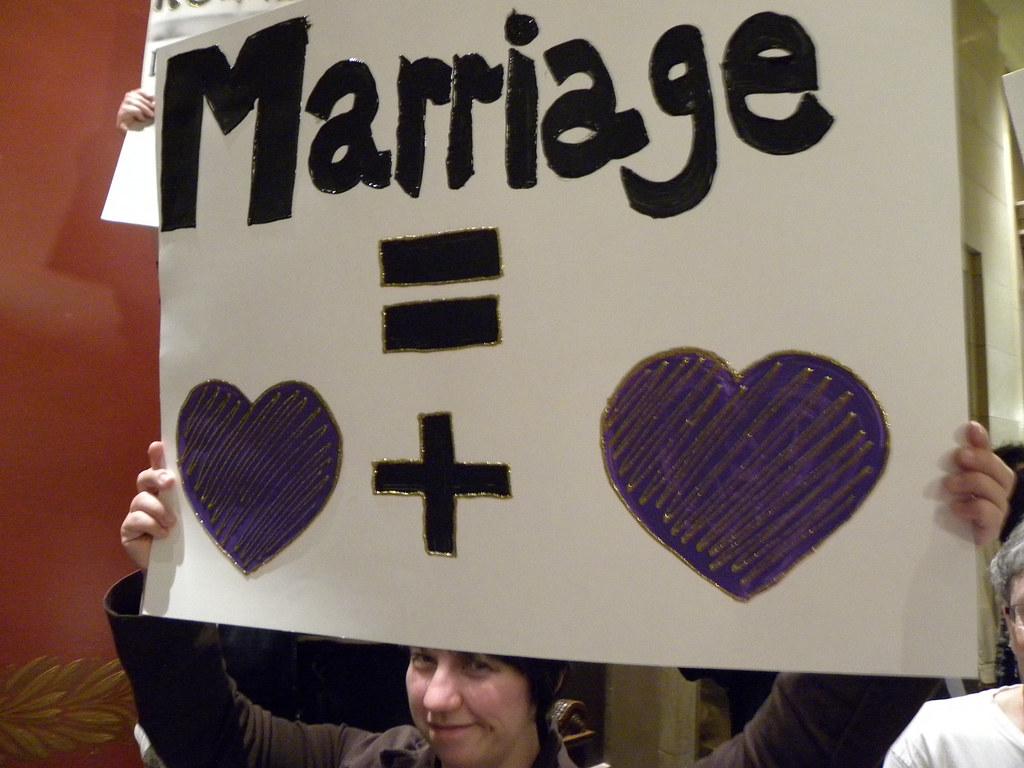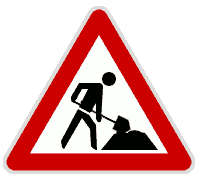4.10 Progress and Change
Social problems are, first of all, persistent. They have continued for decades and even centuries, and some appear to worsen over time. In view of social problems’ long history, certainty of continuing for some time to come, and serious consequences, it is easy to feel overwhelmed when reading about them, to think that little can be done about them, and even to become a bit depressed. As a result, it is easy for us to come away from a chapter about social problems and poverty with a rather pessimistic, “doom and gloom” outlook .
But there can be progress, and conditions change. Although social problems are indeed persistent,some problems are less serious now than in the past. Change is possible. As just one of many examples, consider the conditions that workers face in the United States. Many people today are unemployed, have low wages, or work in substandard and even dangerous workplaces. Yet they are immeasurably better off than a century ago, thanks to the US labor movement that began during the 1870s. Workers now have the eight-hour day, the minimum wage (even if many people think it is too low), the right to strike, and workplaces that are much safer than when the labor movement began. In two more examples, people of color and women have made advances since the 1960s, even as they continue to experience racial and gender inequality, respectively. To repeat: Change is possible.
How does change occur? One source of change in social problems is social science theory and research. Over the decades, theory and research in sociology and the other social sciences have pointed to the reasons for social problems, to potentially successful ways of addressing them, and to actual policies that succeeded in addressing some aspect of a social problem. The findings from sociological and other social science research have either contributed to public policy related to the chapter’s social problem or have the potential of doing so. Frequently, human services professionals are involved in making changes at the macro level, or implementing those changes on a mezzo or micro level, with communities and individuals.
The actions of individuals and groups may also make a difference. Many people have public-service jobs or volunteer in all sorts of activities involving a social problem: they assist at a food pantry, they help clean up a riverbank, and so forth. Others take on a more activist orientation by becoming involved in small social change groups or a larger social movement. Our nation is a better place today because of the labor movement, the Southern civil rights movement, the women’s movement, the gay rights movement, the environmental movement, and many others. Ordinary people can change America (Piven, 2006).
Sharing this view, anthropologist Margaret Mead once said, “Never doubt that a small group of thoughtful, committed citizens can change the world. Indeed, it is the only thing that ever has.” Change thus is not easy, but it can and does occur. In this optimistic spirit we see examples in this book of people making a difference in their jobs, volunteer activities, and involvement in social change efforts.
Change also occurs in social problems because policymakers (elected or appointed officials and other individuals) pass laws or enact policies that successfully address a social problem. They often do so only because of the pressure of a social movement as pictured in 4.18, but sometimes they have the vision to act without such pressure. It is also true that many officials fail to take action despite the pressure of a social movement, so those who do take action should be recognized. An example involves the former governor of New York, Andrew Cuomo, who made the legalization of same-sex marriage a top priority for his state when he took office in January 2011. After the New York state legislature narrowly approved same-sex marriage six months later, Cuomo’s advocacy was widely credited for enabling this to happen (Barbaro, 2011). Other states legalized same-sex marriage, while some specifically outlawed it. This led to a Supreme Court case (Obergefell v. Hodges, 2015), and the federal decision to legalize same-sex marriage throughout the country.

Figure 4.22. Social Movements can contribute to change and increased equity.
Despite its great wealth, the United States ranks below most of its democratic peers on many social indicators, such as poverty, health, and so on (Holland, 2011; Russell, 2011). A major reason for this difference is that other democratic governments are far more proactive and collectively minded, in terms of attention and spending, than the US federal and state governments are in helping their citizens.
A final source of change is the lessons learned from other nations’ experiences with social problems. Sometimes these lessons for the United States are positive ones, as when another nation has tackled a social problem more successfully than the United States, and sometimes these lessons are negative ones, as when another nation has a more serious problem than the United States and/or has made mistakes in addressing this problem. The United States can learn from the good examples of some other nations, and it can also learn from the bad ones. In this regard, the United States has much to learn from the experiences of other long-standing democracies like Canada, the nations of Western Europe, and Australia, pictured in 4.19, and New Zealand.

Figure 4.23. Many other democracies, including Australia, rank higher than the United States on poverty, health, and other social indicators. For this reason, the United States may have much to learn from their positive examples.
4.10.1 References

4.10.2 Licenses and Attributions for Progress and Change

